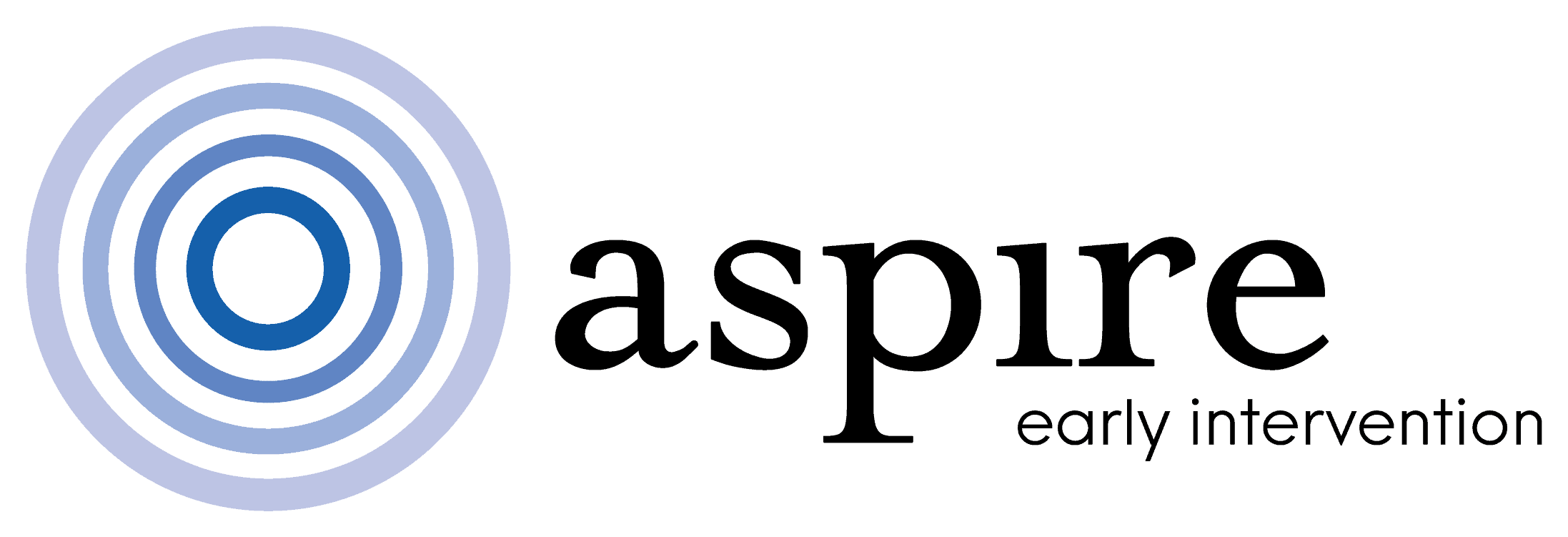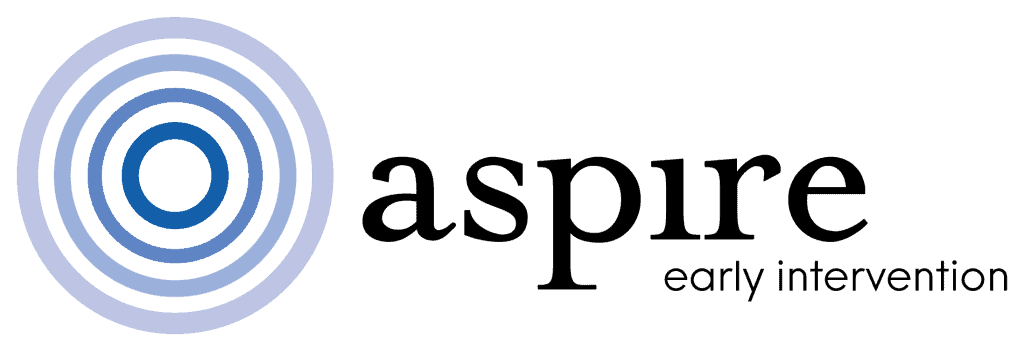Resources and recommended reading
Following an autism diagnosis, it can be hard to find clear, quality information about evidence-based treatment options and what funding you qualify for. These resources are recommended by the Aspire team and independently recognised as reputable.


Blogs and websites
Behavior Analyst Online is a great source of peer-reviewed articles on autism.
Left Brain Right Brain is an easy-to-navigate blog created and managed by the father of an autistic child. Its focus is autism news, science and opinion.
Articles
These articles can be emailed to you upon request.
Eikeseth, S., Smith, T., Jahr, E.& Eldevik, S. (2002). Intensive behavioral treatment at school for 4-to-7-year-old children with autism. Behavior Modification, 26, 49–68
Eldevik, S., Eikeseth, S., Jahr, E. & Smith, T. (in press). Effects of Low-Intensity Behavioral Treatment for Children With Autism and Mental Retardation. Journal of Autism and Developmental Disorders.
Green, G., B., L. C. & Fein, D.(2002). Intensive behavioral treatment for a toddler at high risk for autism. Behavior Modification, 26, 69–102
Harris, S. L. & Handleman, J. S. (2000). Age and IQ at intake as predictors of placement for young children with autism: A four-to-six-year follow-up. Journal of Autism and Developmental Disorders, 30, 137–142
Howard, J. S., Sparkman, C. R., Cohen, H. G., Green, G., Stanislaw, H. (2005). A comparison of behavior analytic and eclectic treatments for children with autism. Research in Developmental Disabilities, 26, 359–383.
Jacobson, J. W. & Mulick, J. A. (2000). System and cost research issues in treatments for people with autistic disorders. Journal of Autism and Developmental Disorders, 3, 585–593
Jacobson, J. W., Mulick, J. A., & Green, G. (1998). Cost-benefit estimates for early intensive behavioral intervention for young children with autism ñ general model and single-case statement. Behavioral Interventions, 13, 201–226.
Lovaas, I. O. (1987). Behavioral treatment and normal educational and intellectual functioning in young autistic children. Journal of Consulting and Clinical Psychology, 55, 3–9
McEachin, J. J., Smith T., & Lovaas, I. O. (1993). Long-term outcome for children with autism who received early intensive behavioral treatment. American Journal on Mental Retardation, 55, 359–372.
Sallows, G. O. & Graupner, T. D. (2005). Intensive behavioral treatment for children with autism: Four-year outcome and predictors. American Journal on Mental Retardation, 110, 417–438
Sheinkopf, Stephen J., Siegel, Bryna (1998). Home-Based Behavioral Treatment of Young Children With Autism. Journal of Autism and Developmental Disorders, 28, 15–23
Smith, T. (1999). Outcome of early intervention for children with autism. ClinicalPsychology: Science and Practice, 6, 36–49
Smith, T., Groen, A. D., Wynn, J. W. (2000). Randomized trail of intensive early intervention for children with pervasive developmental disorder. American Journal on Mental Retardation, 105, 269-285.
Weiss, M.J. (2001) Expanding ABA Intervention in Intensive Programs for Children with Autism: The Inclusion of Natural Environment Training and Fluency Based Instruction. The Behavior Analyst Today, 2 (3), 182–185.



